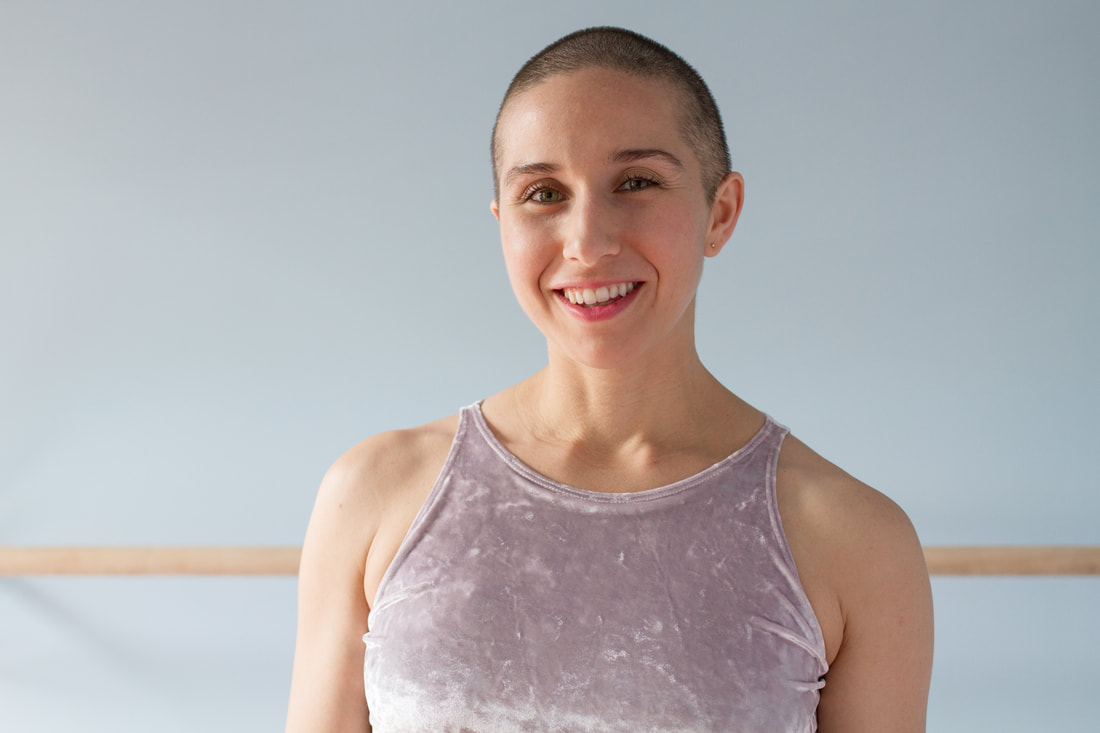|
Awkward Pose is incredible for your knees (not to mention your hips, ankles, butt, pelvic floor, abs and back!) but people with knee troubles often feel real uncomfortable (dare I say... awkward??) doing this one. The key is in the technique. Check it out: For more about Awkward Pose, click here.
Did these tips help you? Got a question? Plop a comment down below, we actually read them!
0 Comments
Ami has been working on regaining full range of motion for her knee, which she injured in a skiing accident last year. How will Ami get her forehead on the floor in Half Tortoise? Watch and see! For more tips, see these posts- or search the archives:
Once all major joints of the body have been warmed up by practicing Pranayama breathing and the first few postures, you are ready for Eagle pose, garudasana! This pose opens up the joints of the ankles, knees, hips, shoulders, elbows and wrists. By twisting your limbs "like ropes" Eagle pose creates compression of blood and lymph flow headed to spots like your legs, kidneys and the lymph nodes in your armpits. Hold the posture very still while breathing calmly, so that when you release it your elevated heart rate will send a boost of high-speed circulation to those areas. Notice a white mark on your thigh after you come out of Eagle? That's a good indicator that you’ve been maintaining a strong compression. What's that you say? Your arms won't twist like ropes? Here's a quick video on what to do for this (very common) "issue"... Now that we've cleared up what to do with those pesky arms, here are a couple key aspects of Eagle pose and more tips to help you get the most out of your efforts:
Using leverage to promote good alignment and open joints. When you move your knees to the right and upper body to the left to get your feet, knees, elbows and hands in one line, you are using the leverage of one limb against to create the compression effect I mentioned above and open up your major joints. The key to not falling over while you make these adjustment is keeping your (especially lower) abdominal muscles tight and your upper body lifted away from your thighs. It's a backbending pose! Many beginners tend to lean or even hunch their bodies forward while they're setting up their Eagle, in an effort to pull their elbows down. Don't let this happen to you! Keep your upper body (when you hear the cue "upper body" in class, think mainly lower ribs upward) leaning back throughout the posture, which means (although you'll end up looking straight ahead) your spine is actually in a backward bending position. This position strengthens back and core muscles, releases tension in your lumbar spine, and compresses the kidneys. Pro Tips:
|
AuthorHHY Founder, Yoga Business Coach, yoga-doer and life-lover, Kay Afif! Categories
All
|


 RSS Feed
RSS Feed
